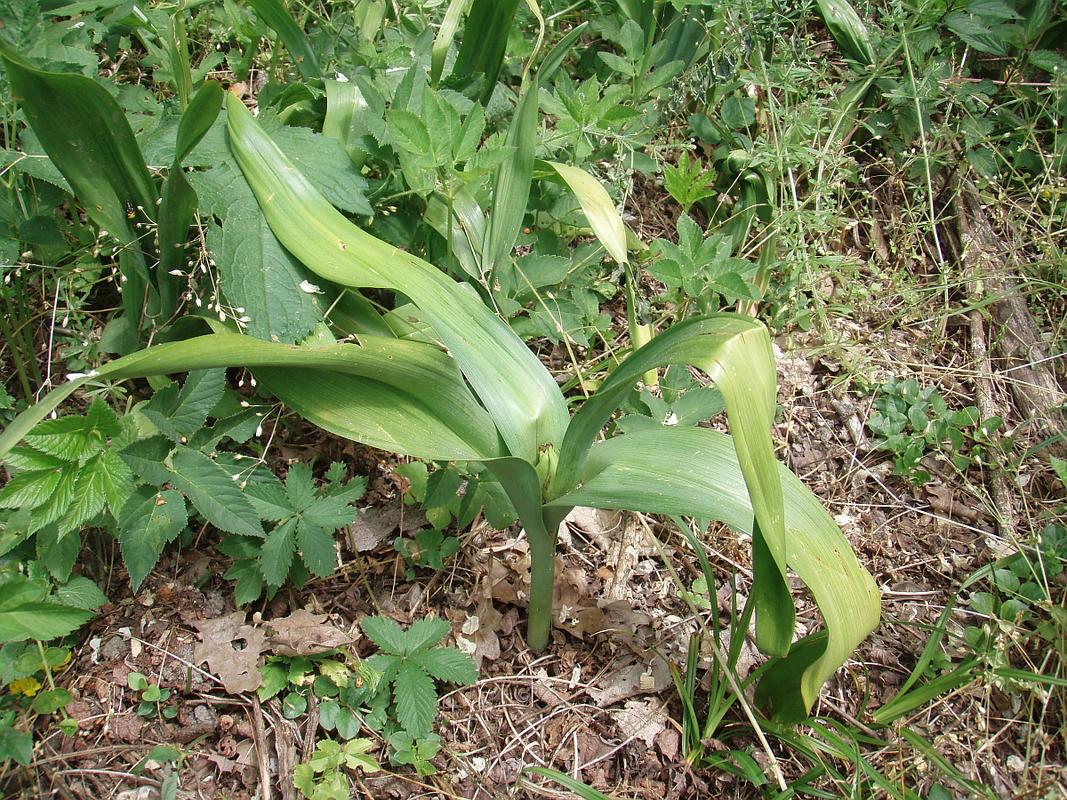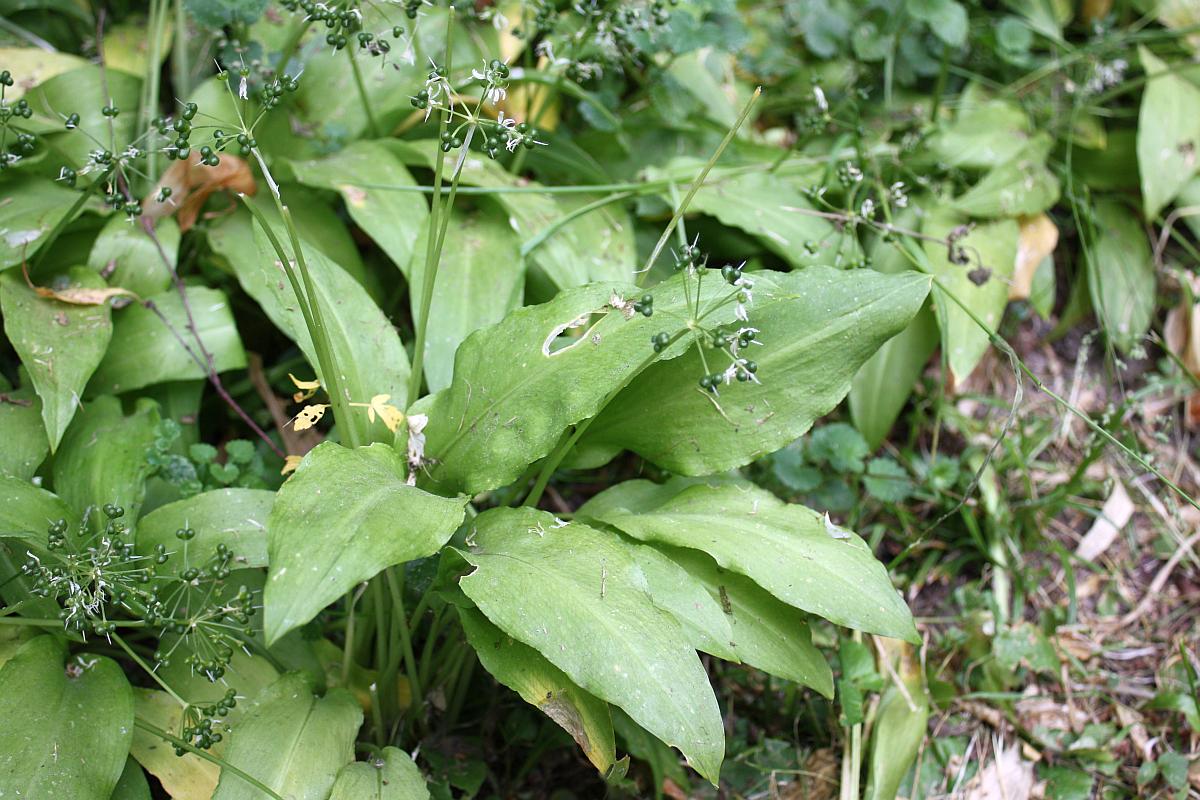

Miran Brvar, head of the Centre for Clinical Toxicology and Pharmacology at the Internal Clinic of UMC Ljubljana, stresses precaution when picking wild garlic. For those who do not know the plants, Brvar advises not to collect it, because "they will have no benefit from it, they will not be healthier or live longer".
Identify the symptoms
The autumn crocus contains a poison called colchicine, which inhibits cell division and affects all organs, explains Brvar. The amount of the poisonous crocus, which can be already life-threatening, is two plants or ten to 50 grams.
Poisoning with the autumn crocus occurs in several stages. From two to twelve hours after poisoning, patients become ill, vomit and have abdominal pain as well as severe diarrhoea, which may be bloody. Then, from 24 to 72 hours after poisoning, there will be damage to the heart, liver, kidneys, pancreas and lungs.
In patients who survive the first two stages of poisoning, the number of white blood cells (leukocytes) and blood platelets (platelets) decreases after four to five days because of the bone-marrow activity slowing down, which increases the risk of infection and bleeding. After two to three weeks, patients also lose their hair.
There is no special treatment for poisoning with the autumn crocus, and the antidote is currently being tested on animals. Since 2000, the Ljubljana-based Centre for Clinical Toxicology and Pharmacology has treated 32 patients who have been poisoned with the plant, out of which three have died. This year, there had already been a similar case in another Slovenian hospital but with less severe poisoning.
How do we distinguish wild garlic from the autumn crocus?
For the last twenty years, wild garlic or the "bear's onion" (Aliium ursinum) is a very popular edible wild plant for preparing salads, soups and spreads. However, since the non-edible autumn crocus (Colchicum autumnale) and the corn lily (Veratrum) have similar elongated leaves, swapping is common. The consequences can even be fatal for pickers and their relatives and friends, warn health professionals every year in the spring months.
However, wild garlic has leafy stalks that grow from the ground, while leaves of the autumn crocus grow into a seemingly uniform stem. Wild garlic will bloom white in spring, while the autumn crocus will not bloom until autumn, when there are no leaves left on the plant. If the autumn crocus is ingested, the consequences can be fatal, since all parts of this plant contain alkaloid colchicine, which is a cellular poison. Moreover, we can confuse wild garlic with two other poisonous plants – in addition to the corn lily there is also the lily of the valley. Therefore, plant pickers need to rely on their sight, touch as well as smell to tell them apart with certainty.

































































